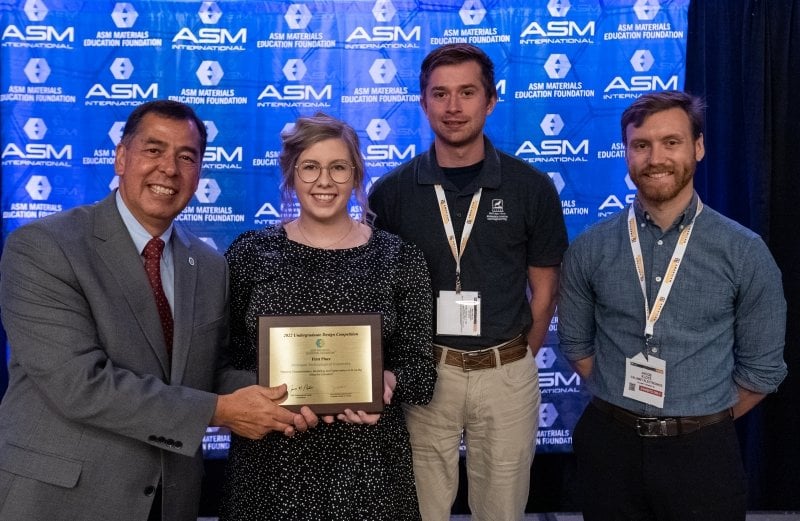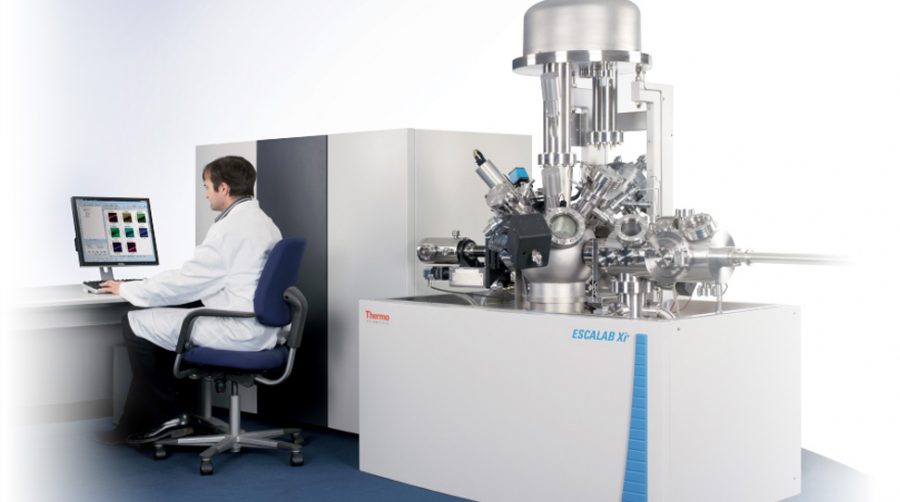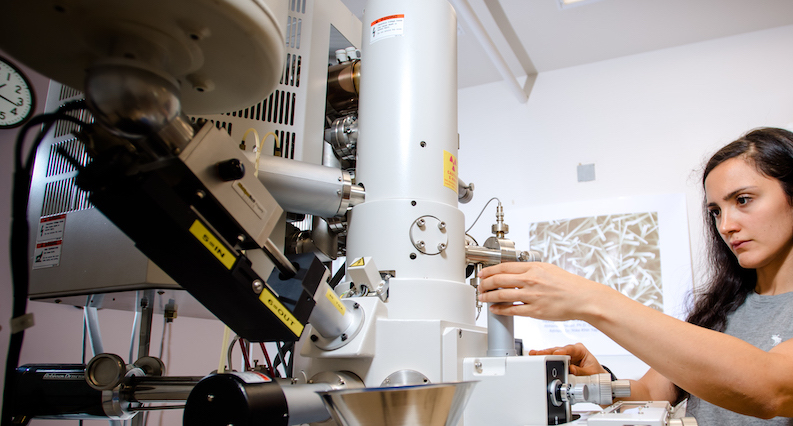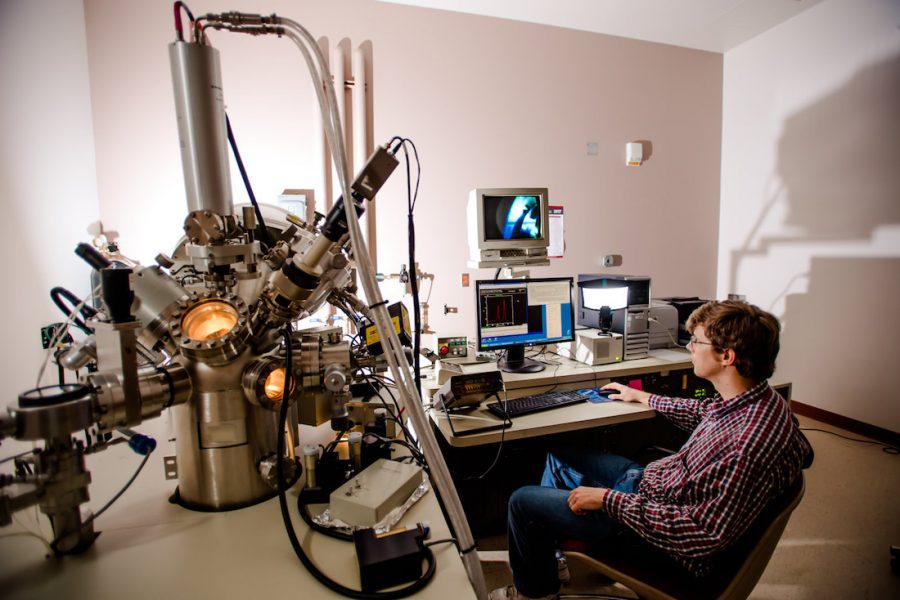We recently have encountered issues with the TEM single tilt holder and want to draw your attention to the right way of handling it.
Now that we have several certified users, and the number of users are increasing, and taking into account those parts are very expensive and may take time to replace, we all need to refresh ourselves on how to use it.
Please take a few minutes of your time to watch this YouTube video I find useful.
TEM Sample Holder Loading for Talos TFS (FEI) F200X
Please ask me if you have any questions.
Erico Freitas





